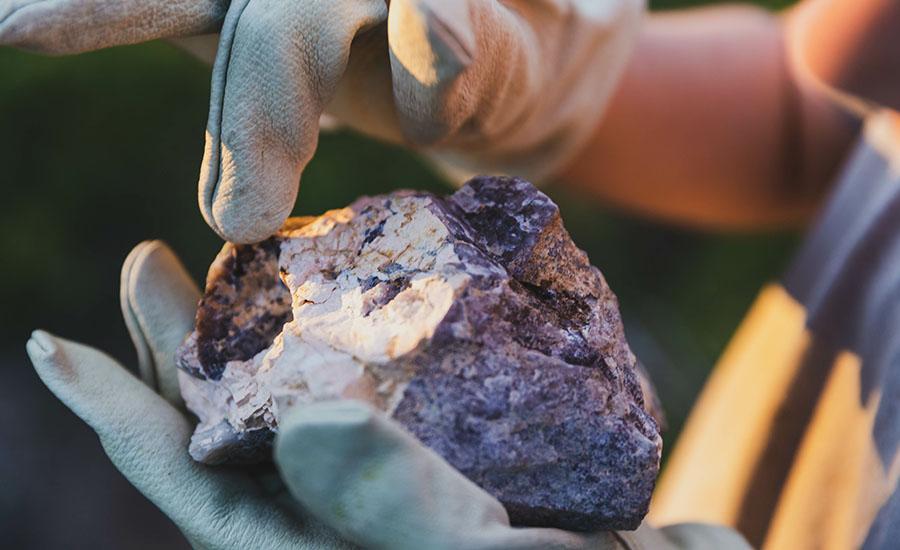
Making and Mapping a Volcano: Lava Layering
by Barbara Gosney
In this hands-on lesson, students will construct a model of a volcano and produce lava flows. They will also observe, draw, record, and interpret the history and stratification of an unknown volcano produced by the students.
This engaging lesson allows students to make the connection between the life cycle of a volcano and why they see these features on Earth and Mars.
Lesson Grade Level
4th GradeLesson Plan Link/URL
https://docs.google.com/presentation/d/1d_GKIJc5gz_2LboS2LPh_quuuztEas3f/edit?u…Subject Area
Science Earth and Space Science E1: Earth Systems Technology 3. Knowledge Constructor Engineering S2: Apply the Engineering Design Process S3: Apply Mathematics to Engineering S4: Apply Science to Engineering S6: Apply Communications to Engineering Mathematics Measurement and Data (MD) Ratio and Proportion (RP) Reasoning with Functions and Relations (RFR) English Language Arts (ELA) Reading (Informational Text) Writing Speaking & ListeningRelated Content

Grades:
6th Grade, 7th Grade, 8th Grade
Model Building For Disaster is a 4-6 week unit in which students research natural disasters around the world and their effect on developing countries. Following their research, student teams design

Grades:
3rd Grade, 4th Grade, 5th Grade
This lesson takes place in as classroom for one or more 60 minute class periods. The data collection portion may continue for 2+ weeks (or whatever time frame you decide). An emphasis is placed on the

Grades:
6th Grade, 7th Grade, 8th Grade
This middle school lesson covers the concept of air resistance. Students work in teams of 3 with a list of materials to design, build, and test 3 parachutes that will maximize the air resistance of a